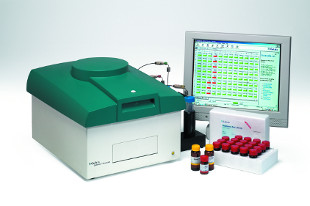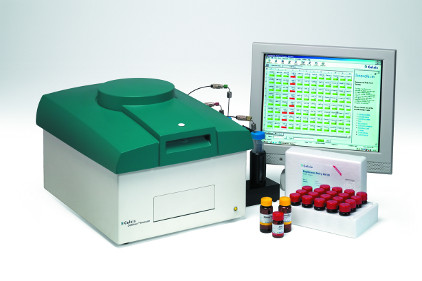By Scott Scdoris, Celsis Rapid Detecction
Holding products more than two days? If so, you may be costing your company money.
Traditional product testing of dairy and related products can contribute several days or weeks to the production cycle, requiring millions in working capital and inventory expenses. Other product testing methods, such as post-production tear-downs or pH monitoring, add cost and uncertainty because they are simply not dependable in ensuring against microbial contamination.
 Fortunately, there is a better way.
Fortunately, there is a better way.
Today’s leading dairy manufacturers have discovered the benefits of rapid detection technology. This lean manufacturing alternative to traditional product testing relies on ATP bioluminescence --the gold standard for testing aseptic, Ultra Heat Treated (UHT) and extended shelf life (ESL) dairy, soy and nut milk-based products – to provide accurate results in just 48 hours.
Implementing a rapid detection system makes it possible to reduce costs without sacrificing quality through:
- Shortened production cycles
- Decreased working capital requirements
- Faster response to contamination events
- Reduced inventory and safety stock requirements
Rapid detection screening trims days from dairy processing
A rapid detection screening provides information at a critical decision point: information that enables you to rapidly confirm the quality of your product and ship to market – trimming days from your inventory and production cycle times. This, in turn, reduces warehousing and working capital requirements, and improves a company’s overall profitability.
Companies using rapid detection systems also benefit from improved market responsiveness and earlier notice of contamination. Faster detection equals faster correction and recovery, and at a lower cost.
Typical results from implementing a rapid method include seeing a return on investment (ROI) in six to nine months and a cost reduction in the first five years in excess of $650,000. These figures can be calculated for an individual facility through the use of a financial impact assessment.
If your company manufactures packaged dairy, soy and nut milk-based products, you may be able to capitalize on the full benefits of rapid microbial screening—faster, more reliable microbial results, improved manufacturing efficiencies, reduced inventory requirements, increased customer responsiveness, faster time-to-market and reduced costs.
Days add up and so do costs. Now is the time to explore the operational benefits of a rapid detection system and eliminate costly idle time in your production cycle.
For more Information visit www.celsis.com
Scott Scdoris is the Director, Food and Beverage, at Celsis Rapid Detecction.

Recent Comments
Discount code
Alex Shimray
Thank you for sharing this! This is really...
Thank you for sharing this! This is really...
yes, nowadays more teenagers like to have a...